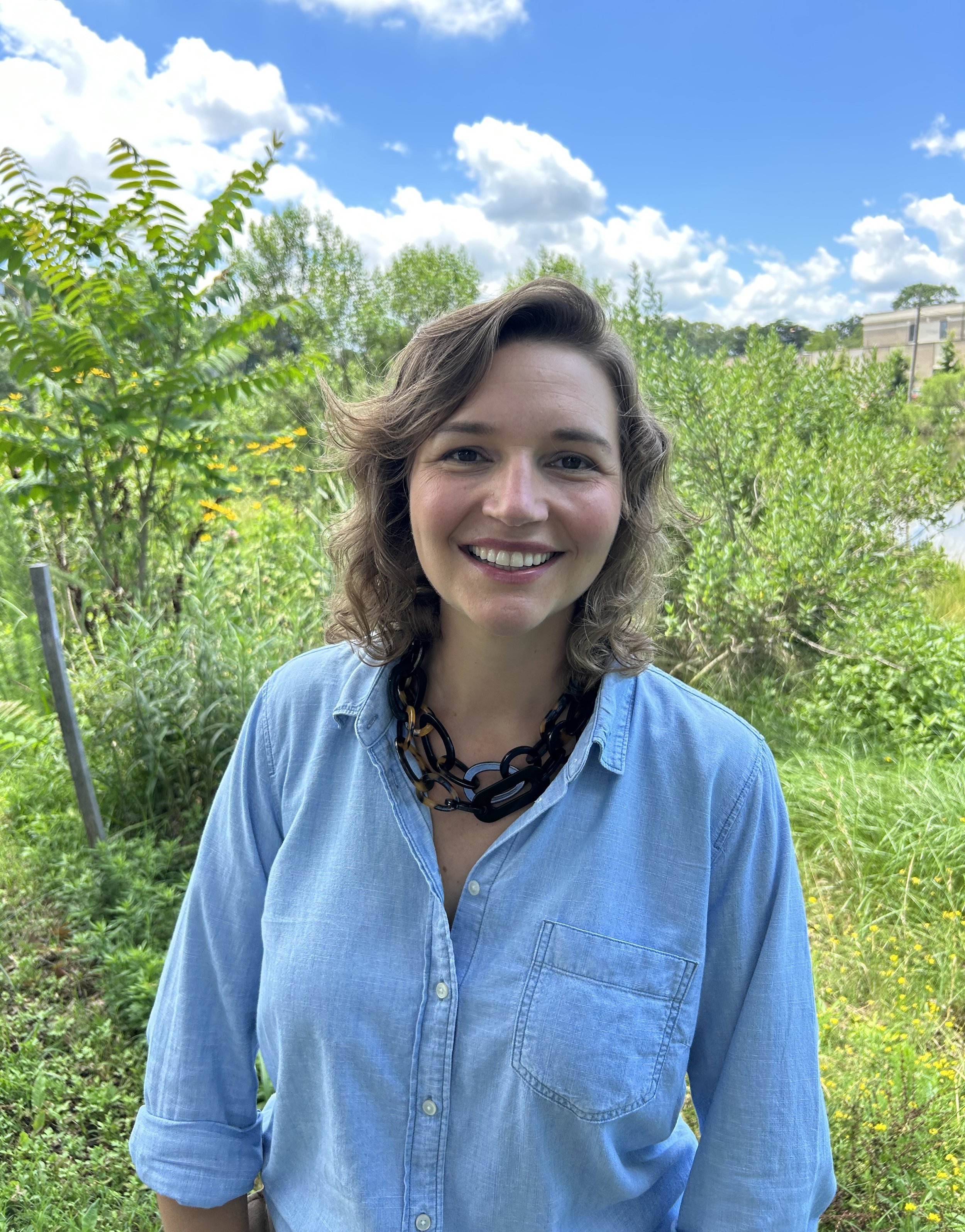
MISSION
Wetlands Watch is a 501(c)(3) nonprofit based in Norfolk, Virginia. Our mission is to enhance natural resilience, bolster community adaptation efforts, and protect and restore wetlands throughout Virginia. We advance climate adaptation by working collaboratively with a wide variety of stakeholders, and by implementing solution-focused strategies that unify and connect.
VISION
We envision a future in which Virginia’s communities and natural systems flourish amidst the escalating impacts driven by climate change, and one where wetlands are thriving ecosystems that support a diversity of wildlife, serve as natural safeguards against flooding, protect against erosion, and help keep water quality high. We work toward a future in which academics, business leaders, conservationists, landowners, citizens, and government officials throughout Virginia unite to develop innovative and creative solutions to what we believe is the defining challenge of our time.
Message from Mary-Carson Stiff, Executive Director
Welcome to Wetlands Watch! You may notice that we're not your typical nonprofit organization. That's by design. When your mission involves addressing the adaptation challenges associated with rising seas and other climate change impacts, being atypical is exactly what you need to be.
Our mission centers on wetlands protection, natural resource preservation, and climate change adaptation because these things are inseparably connected. The increasing flooding events and constantly shifting shorelines we witness today are clear evidence of the changes impacting our world. Safeguarding these wetlands that are on the forefront of climate change is a key part of Virginia’s adaptation strategy. Wetlands and shoreline buffers provide natural resilience against rising seas and storms, protecting our communities, and ensuring that Virginia’s ecosystems remain vibrant for future generations.
We protect Virginia’s wetlands and shorelines so they can in turn protect us.
A Note from Skip Stiles, Founding Executive Director
“I’m Going Where the Climate Suits My Clothes - It’s Been A Great Time!”
August 14th, 2023
As you’ve probably heard by now, I’m stepping down after 16 years as the executive director of Wetlands Watch. Mary-Carson Stiff has taken over after a well-planned transition process, putting the right person in the job.
When I turned 70 a few years ago, I wanted to ensure that the quality work Wetlands Watch was doing would continue. Mary-Carson, one of the brightest and most talented people I have worked with, was the natural choice to lead Wetlands Watch and continue our mission.
Besides, it’s time for the old guys to get out of the way and let new folks take over!
Its been an amazing ride, so far. After working in Congress for a couple of decades. I was consulting on environmental and science policy when my oceanographer spouse, Margie Mulohlland, landed a professorship at Old Dominion University.
Interested in Our Work? Stay in Touch!
General Newsletter
This newsletter covers a range of topics, including updates on Wetlands Watch’s programs, recent advocacy efforts, community events, and educational resources. Intended for broad audiences, the General Newsletter offers insights into Wetlands Watch’s work and how individuals can support our initiatives.
Commonwealth Resilience Brief
Unlike typical newsletters, the Commonwealth Resilience Brief is a technical briefing that is designed to keep professionals informed about latest policy changes, financial resources, and innovations in the resilience field, fostering knowledge sharing and collaboration across Virginia’s resilience community.
High Water Watch Newsflash
High tides can creep up on all of us. Subscribe to High Water Watch to receive notifications when moderate to high tidal flooding is expected in coastal Virginia.
Coastal Retreat Network
The Coastal Retreat Network is a national network of climate adaptation professionals working on removing people and infrastructure out of harm’s way. This network brings together a diverse group of practitioners, including leaders in science, policy, government, and law to collaborate on strategies for facilitating the natural inland migration of coastal wetlands.
Catch the King Newsletter
Sign up here for news about the Guinness World Record-holding event!






